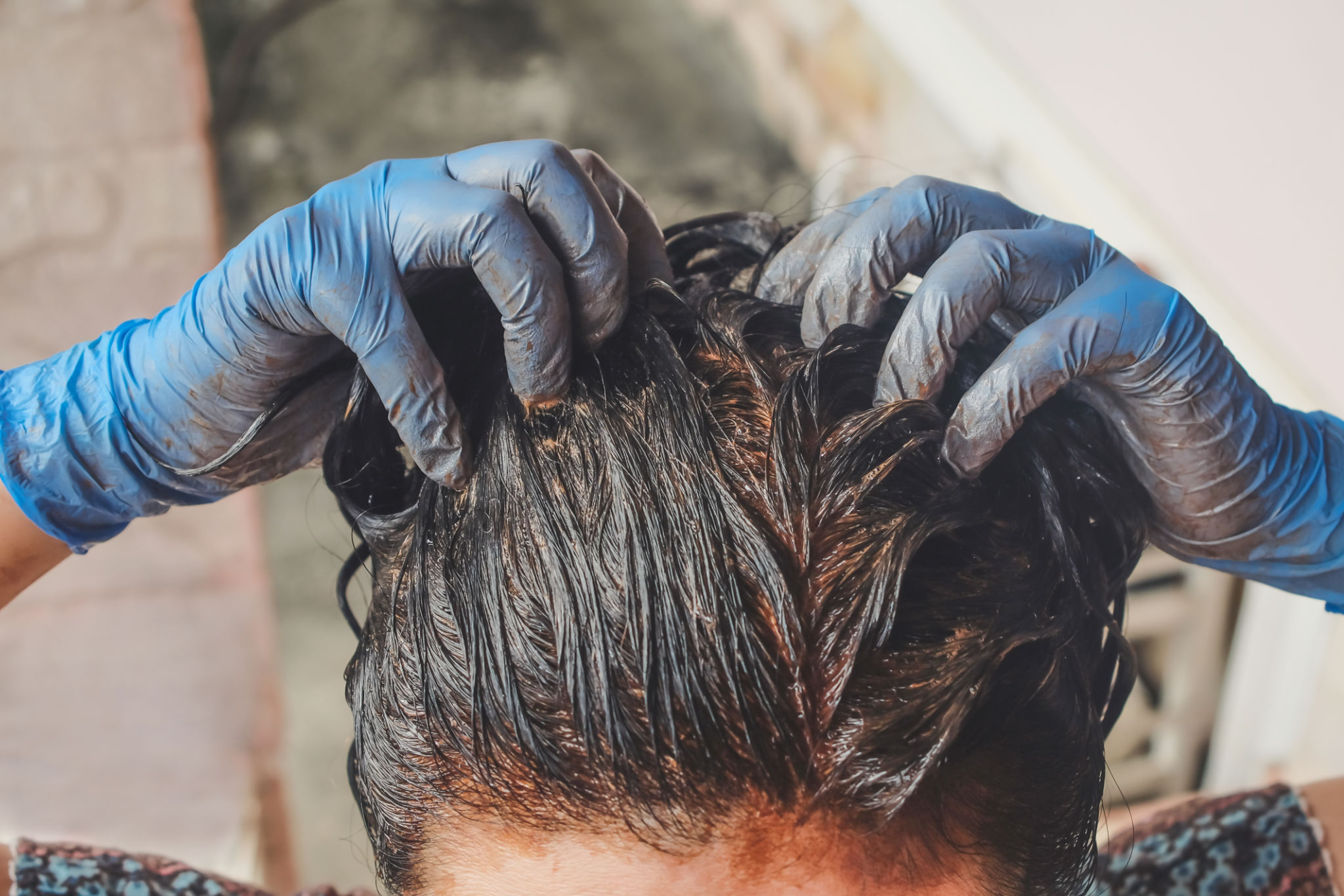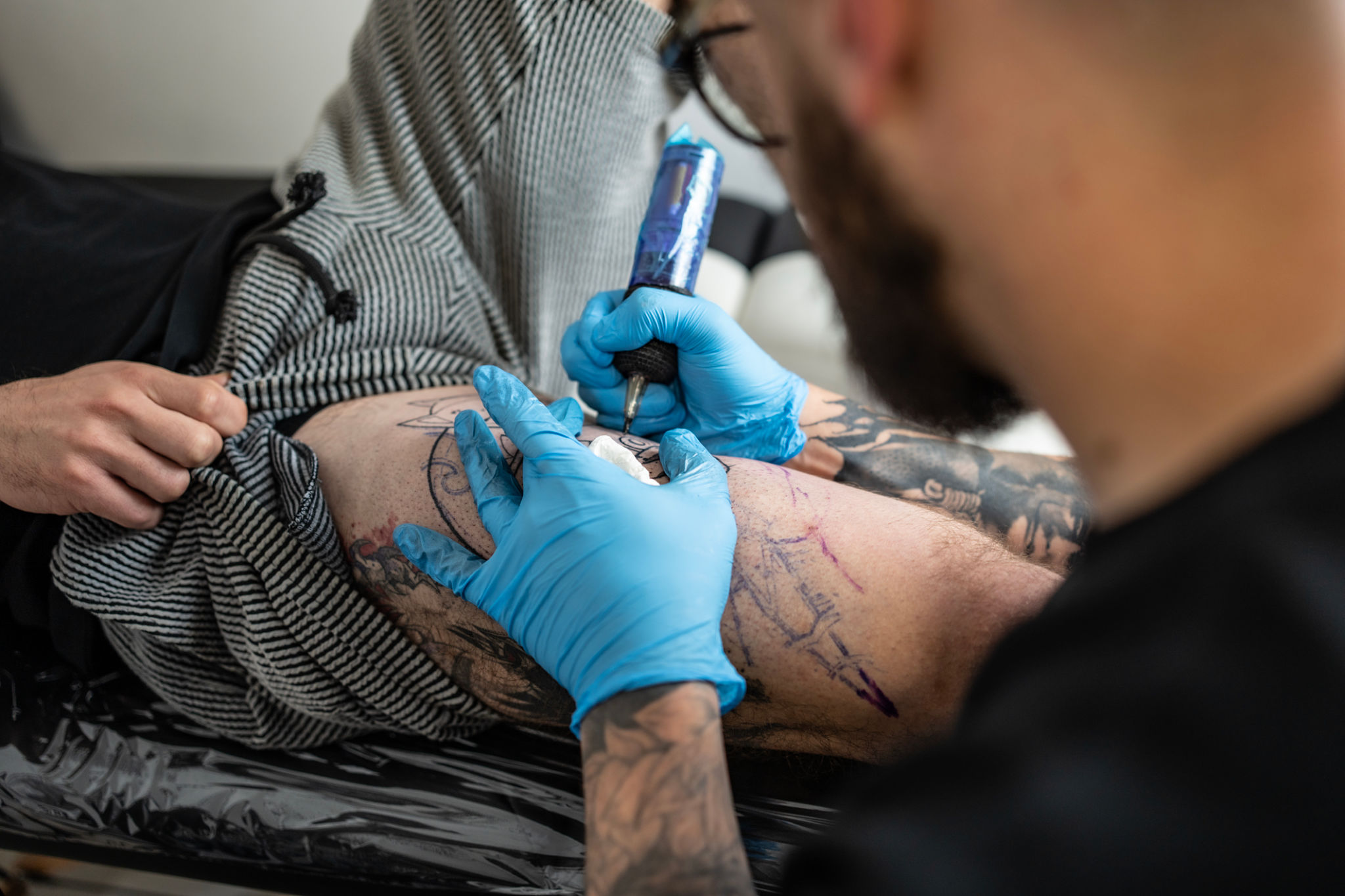Frequently Asked Questions About Organic Henna Designs
What is Organic Henna?
Organic henna is a natural dye made from the leaves of the Lawsonia inermis plant. Unlike synthetic dyes, it contains no harmful chemicals and is safe for the skin. This makes it a popular choice for creating temporary body art, especially in cultural and festive settings. Many people choose organic henna for its earthy color and the peace of mind that it offers, knowing it is free from toxic additives.

How Does Organic Henna Work?
When the henna paste is applied to the skin, the lawsone molecules begin to stain the outermost layer of the skin. The paste is typically left on for several hours to allow for optimal color development. During this time, the dye seeps into the skin, leaving behind a reddish-brown stain once the paste is removed. The depth and intensity of the color can vary based on factors like skin type and how long the paste is left on.
The design can last anywhere from one to three weeks depending on skin type and care. As the skin naturally exfoliates, the stain fades gradually.
Is Organic Henna Safe?
Yes, organic henna is generally safe for most people. Since it is a natural product without synthetic chemicals, it minimizes the risk of allergic reactions. However, as with any product applied to the skin, it's always advisable to do a patch test, especially if you have sensitive skin or are prone to allergies.

How Can I Care for My Henna Design?
To prolong the life of your henna design, follow these care tips:
- Keep the paste on for at least 4-6 hours before removing it.
- Avoid washing the area with soap and water immediately after removing the paste.
- Apply a natural oil, such as coconut or olive oil, to hydrate and protect the design.
- Avoid exfoliating or scrubbing the area where the henna is applied.
What Are Popular Designs for Henna Art?
Henna art offers a wide variety of designs ranging from intricate patterns to simple motifs. Some popular styles include:
- Traditional Indian Designs: These feature paisleys, florals, and intricate linework.
- Arabic Designs: Often more flowy and less dense, focusing on floral and vine patterns.
- Modern Designs: These may incorporate geometric shapes or contemporary themes.

Can Henna Be Used for Hair?
Yes, henna can also be used as a natural hair dye. It not only imparts a rich auburn color but also conditions and strengthens hair. When using henna for hair coloring, it's important to choose a high-quality organic product to ensure there are no additives that could damage your hair.
For best results, mix henna with water to form a paste, apply it evenly to your hair, and leave it on for several hours before rinsing out.
Where Can I Get Organic Henna?
You can purchase organic henna from specialty stores, online marketplaces, or even local artisans who specialize in henna art. Always check for certifications or labels that confirm the henna is organic and free from harmful additives.
Choosing organic henna not only supports sustainable practices but also ensures that you are using a product that is kind to your skin and the environment.
